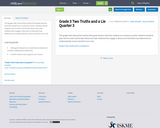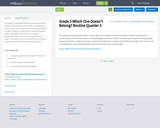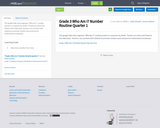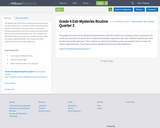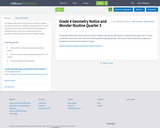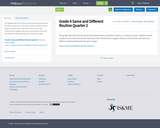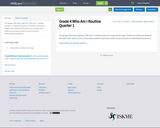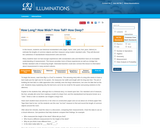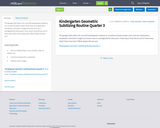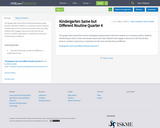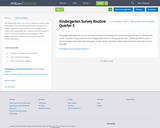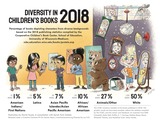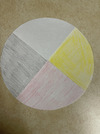(Nota: Esta es una traducción de un recurso educativo abierto creado por el Departamento de Educación del Estado de Nueva York (NYSED) como parte del proyecto "EngageNY" en 2013. Aunque el recurso real fue traducido por personas, la siguiente descripción se tradujo del inglés original usando Google Translate para ayudar a los usuarios potenciales a decidir si se adapta a sus necesidades y puede contener errores gramaticales o lingüísticos. La descripción original en inglés también se proporciona a continuación.)
En este módulo de 25 días de grado 2, los estudiantes amplían su habilidad y comprensión de las unidades agrupando, decenas y cientos de hasta mil con pajitas. A diferencia de la longitud de 10 centímetros en el módulo 2, estos paquetes son conjuntos discretos. Una unidad puede ser agarrada y contada como un plátano? 1cientos, cientos, 3cientos, etc. Un número en el Grado 1 generalmente consistía en dos unidades, decenas y otras diferentes. Ahora, en el grado 2, un número generalmente consta de tres unidades: cientos, decenas y otras. Las unidades agrupadas se organizan separándolas más grandes a más pequeñas, ordenadas de izquierda a derecha. En el transcurso del módulo, la instrucción se mueve de los paquetes físicos que muestran la proporcionalidad de las unidades a discos de valor del lugar no proporción y a los números en la tabla de valor del lugar.
Encuentre el resto de los recursos matemáticos de Engageny en https://archive.org/details/engageny-mathematics.
English Description:
In this 25-day Grade 2 module, students expand their skill with and understanding of units by bundling ones, tens, and hundreds up to a thousand with straws. Unlike the length of 10 centimeters in Module 2, these bundles are discrete sets. One unit can be grabbed and counted just like a banana?1 hundred, 2 hundred, 3 hundred, etc. A number in Grade 1 generally consisted of two different units, tens and ones. Now, in Grade 2, a number generally consists of three units: hundreds, tens, and ones. The bundled units are organized by separating them largest to smallest, ordered from left to right. Over the course of the module, instruction moves from physical bundles that show the proportionality of the units to non-proportional place value disks and to numerals on the place value chart.
Find the rest of the EngageNY Mathematics resources at https://archive.org/details/engageny-mathematics.

